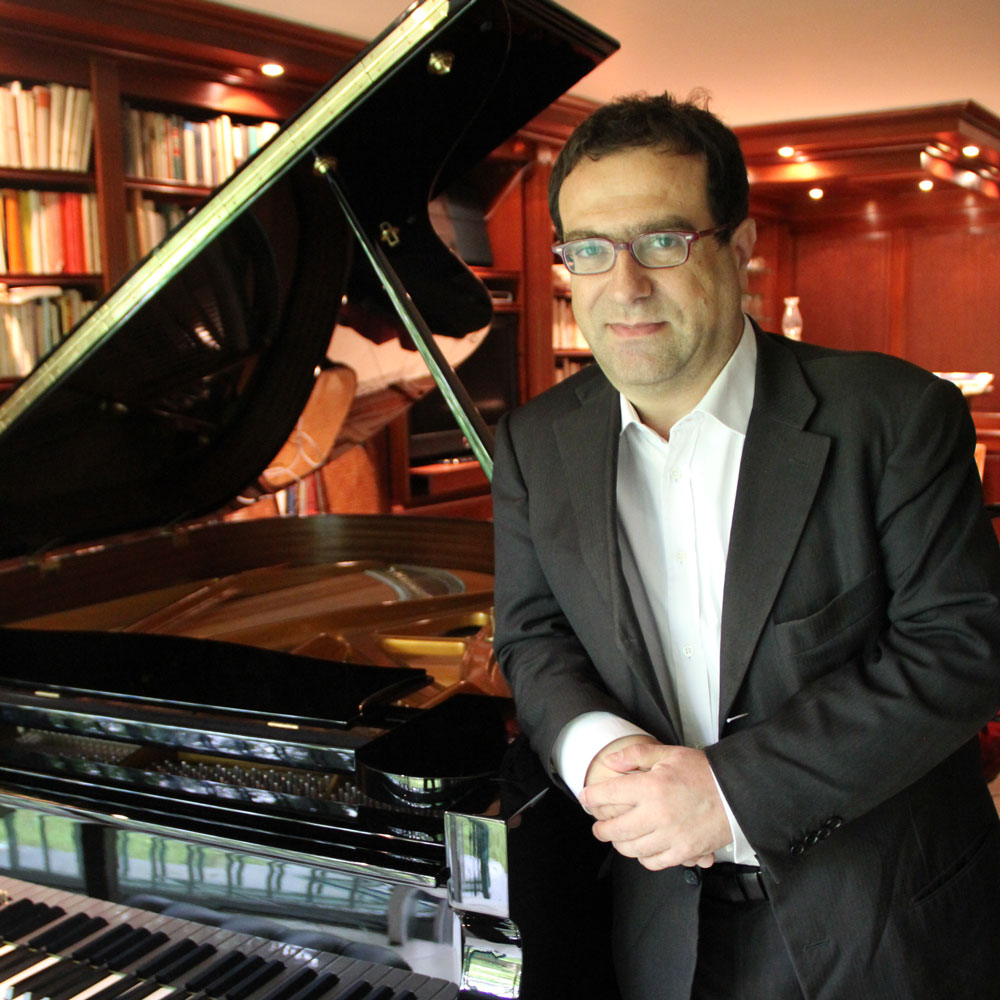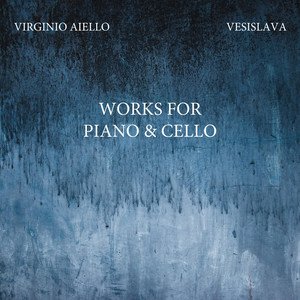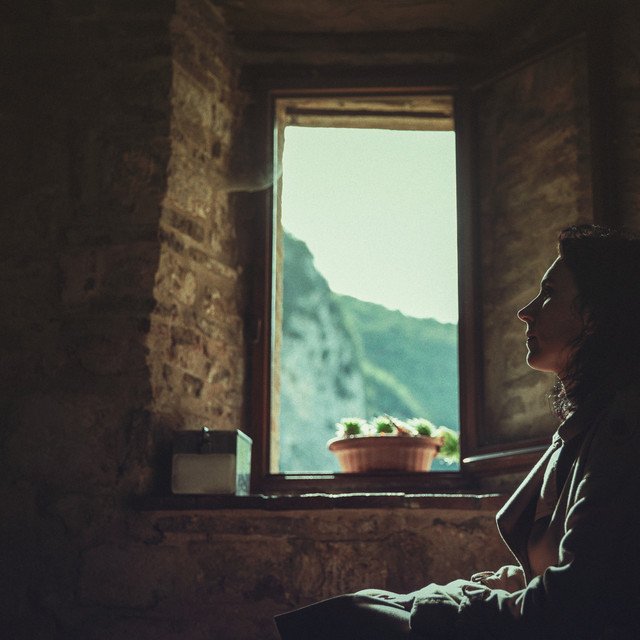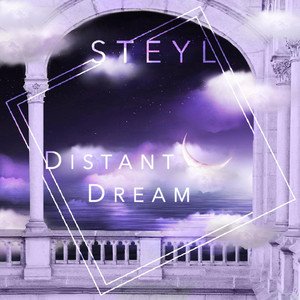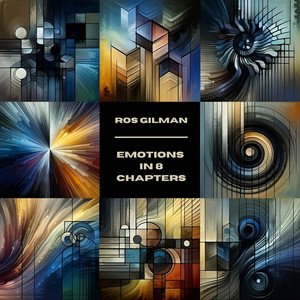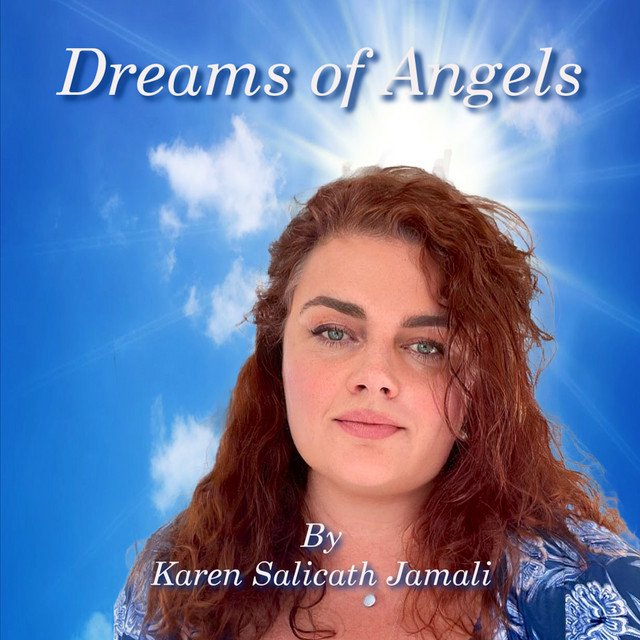Neoclassical Music ⁞ New Releases⁞ Artist Interviews⁞ Music News
Introduction of Neoclassical Music
Neoclassical music is a style of classical music that is characterized by its use of traditional forms and styles, as well as a focus on structure and balance. It is often seen as a reaction against the romantic style of music, which was characterized by emotion and passion, and was influenced by the ideas of the Enlightenment, which valued reason and classical learning.
Some of the key features of neoclassical music include the use of traditional forms such as sonata form, the use of clear and concise melodies, and the incorporation of elements of folk music and popular music. Neoclassical music also often featured a return to tonality, which is the use of a specific key or tonal center in a piece of music.
The neoclassical style has had a lasting influence on classical music, and it continues to be an important part of the classical repertoire
Favorite Neoclassical Music on Spotify
Favorite Neoclassical Videos on Youtube
Recent Neoclassical Interviews
Innocenzo Genna Interview on Nagamag
.
Nagamag:
What are the genres that describe better your music style?
Innocenzo Genna:
My solo-piano compositions of Innocenzo Genna fall within the categories of neoclassical, with frequent combinations into blues and jazz. I am similarly conservative as a composer, for my music drawing heavily on harmonic and melodic practices found in 18th and 19th-century European compositions
Nagamag:
Few words about your musical background and career?
Innocenzo Genna:
I always lived music in multiple dimensions: as a musician, firstly performer and entertainer, and then composer, but also as a technology scholar. My interest in music is not only artistic and emotional, but also professional, because for years I have been working in the Internet and technology sector as a lawyer and policy expert, so as to be involved in the major political debates concerning music and technology: from P2P to online piracy, from online platforms to the liberalization of collecting societies, up to the recent European copyright reform. Such an intense professional activity enriched my musical vocation, while adapting my classical practice with modern and pop piano, blues and jazz, so as arranging the various genres into a personal compositional style. The many trips in Italy and abroad have contributed to creating the context of images, memories and fantasies from which his compositions are born.
Nagamag:
Do you remember your first connection of love to music that was the right impact to be a music artist now?
Innocenzo Genna:
When I was 4 years old my father forgot to pick me up from the nursery. While waiting for my father arrival, the nuns left me own the refectory where an old piano stand. I spent a couple of hours trying to play it, I was aware that it was not a toy, it was something to be treated with respect. From that point onwards, I was fascinated by pianos
Nagamag:
When did you start to compose music?
Innocenzo Genna:
The father of a friend of mine had a grand piano and lots of jazz and blues music sheets. he invited me to play them. For me it was a kind of revelation, because I finally found out the name and the notes of music I have been looking for (there was not Youtube an that time). Bacharach, Mancini, Lewis, ecc . It was a re relation from me. By reading such notes, I realized that there is something even greater than playing music: composing music. I was 16 years old.
Nagamag:
When did you start to publish your music?
Innocenzo Genna:
Very late, because normally I was playing in public as an entertainer and a club pianist, not as a composer. I always found my music to be too delicate and introspective to be played in events with a large audience. However, some people accidentally heard my compositions during private events, and they strongly urged me to publish it.
Nagamag:
Most artists have a favorite song from a different music genre than the one they are producing music for... Which is yours?
Innocenzo Genna:
Keith Emeson "Inferno - Main Title Theme"
Nagamag:
Of Course Nagamag would love to listen also which track from a similar artist you admire?
Innocenzo Genna:
Ryuichi Sakamoto "Merry Christmas Mr. Lawrence"
Mason Stephenson Interview on Nagamag
.
Nagamag:
What are the genres that describe better your music style?
Mason Stephenson:
My music focuses on a romantic/classic style and features a melancholy and peaceful sound.
Nagamag:
Few words about your musical background and career?
Mason Stephenson:
I have played piano for around four years, on and off, and I began writing my own pieces at the start of 2020. Since then I have released two pieces and I have more pieces ready for release in the near future.
Nagamag:
Do you remember your first connection of love to music that was the right impact to be a music artist now?
Mason Stephenson:
I played piano for the first time in secondary school but not long after, I decided to play guitar which my best friend taught me. I used to play guitar in a heavy metal band for a few years before going back to piano and discovering my love for classical music.
Nagamag:
What is your creative process like?
Mason Stephenson:
I am a big believer of just playing the way you feel. Wether that be pouring your feelings into music as a way of release or delving into your emotions for a great sense of connection with what you play.
Nagamag:
Who are some of your influences?
Mason Stephenson:
My favourite composer will always be Chopin. I always feel that his pieces contain so much raw emotion and are so intricate that they will always interest me. In modern classical I am also a big lover of a composer called Eric Christian, his music is massively romantic which is one of my favourite qualities of piano pieces. I find that romantic pieces can really tell a story and paint a picture in your mind without the need for words. I find that being able to tell a story with only notes and melody is a truly remarkable art form.
Nagamag:
Most artists have a favorite song from a different music genre than the one they are producing music for... Which is yours?
Mason Stephenson:
Fleetwood Mac "Rhiannon"
Nagamag:
Of Course Nagamag would love to listen also which track from a similar artist you admire?
Mason Stephenson:
Eric Christian "Valse Arabesque No.1"
Neoclassical Features
Vesislava – Virginio Aiello
“Μέσα από τα δάκρυα μας βγαίνει μια μελωδία τόσο θλιμμένη και μελαγχολική. Το κρύο του χειμώνα μας διαπερνά αλλά η μελωδία που μας καταλαβαίνει ζεσταίνει τελικά την ψυχή μας. Οι νότες του βιολιού μας παρηγορούν και ηρεμούν το νου μας τόσο επιδέξια και μαγικά. Ο ρυθμός υπομονετικά και ήσυχα σαν τις νιφάδες του χιονιού που πέφτουν από ψηλά.”
-Nagamag.com
Ithaki – Yann Keerim
“Serene world of ethereal melodies of this gentle piano themes is really enchanting. Its harmonic piano structure brings depth of emotions with every key. Arrangement and transitions are done perfectly. Let the soft, delicate sounds, caress your soul, transporting you to a blissful realm of tranquility and inner peace. ”
-Nagamag.com
Additional information/sources for Yann Keerim – Ithaki
Yann Keerim is a Greek pianist and composer born in Ioannina, Greece in 1979. Yann has been playing the piano since the age of 4 when he started his studies in classical piano.
After moving to Athens at the age of 18, Yann started participating as a pianist in the band of the world class Armenian oud soloist Haig Yazdjian, a collaboration which influenced his music approach and aesthetics and also helped him develop a unique perception of the role of the piano next to Arabic and Eastern instruments such as the oud. Ever since then Yann has been performing next to artists such as Ara Dinkjian, Eleftheria Arvanitaki, Manos Achalinotopoulos and participating in numerous shows on stage and in concert halls all over the world (Carnegie, Sydney Opera, Odeon of Herodus Atticus, Berliner Philarmonic and many more).
In 2013 he recorded for ECM records as the pianist of the Sokratis Sinopoulos Quartet with the album “Eight Winds”. This was followed by another ECM Records release – the album Metamodal in 2019. Both albums were produced by the legendary Manfred Eicher. Yann has also made music for several adverts and films as he has been active on the music library market since 2005.
Latest Neoclassical discoveries
Music Critique: Mary Komasa – Sister | Neoclassical Review
Η όμορφη μελαγχολική μελωδία μας συγκινεί και το σώμα μας καθηλώνεται από το μέγεθος των συναισθημάτων μας. Τα υπέροχα φωνητι... >>> Read full review & listen to the song on Nagamag #neo #modernclassical #indiepop #dreampop #marykomasa #germany #nagamag #musicmagazine #musicreview #review
Composition Critique: “Clarion” by Keen Collective | Neoclassical Review
Οι νότες του πιάνου μου μεταφέρουν μια απρόσμενη ευτυχία και η υπέροχη μελωδία με κάνει να στροβιλίζομαι ανέμελα σαν το φύλλο... >>> Read full review & listen to the song on Nagamag #neo #modernclassical #keencollective #unitedstates #nagamag #musicmagazine #musicreview #review
Music Review: Magnus John Anderson – The Years After | Neoclassical Release
Ωραία μελωδία που σε ταξιδεύει πέρα από τον ορίζοντα και αφήνει την φαντασία σου ελεύθερη. Σαν το παιχνίδισμα του ανέμου στα ... >>> Read full review & listen to the song on Nagamag #neo #modernclassical #cinematic #epicmusic #magnusjohnanderson #sweden #nagamag #musicmagazine #musicreview #review
Maria Karakusheva – The Wild Iris | Neoclassical Spotlight Review
Η ωραία μελωδία με το απαλό άγγιγμα της ζωντανεύει τις σκέψεις σου και οι εικόνες διαδέχονται η μία την άλλη. Νοσταλγικά συνα... >>> Read full review & listen to the song on Nagamag #piano #nagamag #musicmagazine #musicreview #review
Review: Olivia Belli – Anima IV | A Neoclassical Discovery
Η μελωδία απαλά και διακριτικά σε πλησιάζει και διηγείται την ιστορία της μέσα από τις υπέροχες αυτές νότες. Αρκεί ένα ταξίδι... >>> Read full review & listen to the song on Nagamag #neo #modernclassical #solopiano #oliviabelli #italy #nagamag #musicmagazine #musicreview #review
Critique: “Ease” by William Thomson | Neoclassical Review
Η μαγεία της φύσης σε γεμίζει χαρά και ευγνωμοσύνη και η γλυκιά αυτή μελωδία περιπλανάτε μέσα στις φυλλωσιές των δέντρων για ... >>> Read full review & listen to the song on Nagamag #neoclassical #nagamag #musicmagazine #musicreview #review
Neoclassical Review: Steyl – Distant Dream
Η υπέροχη αυτή μελωδία ξυπνά τόσα συναισθήματα. Το νοσταλγικό της ύφος μαζί με το παιχνιδιάρικο άγγιγμα της γεμίζουν με αρώμα... >>> Read full review & listen to the song on Nagamag
#neo #modernclassical #newage #steyl #switzerland #nagamag #musicmagazine #musicreview #review
Neoclassical Review: Ros Gilman – Serenity
Ήρεμα και χαλαρωτικά οι νότες της μελωδίας κυλούν μέσα μας και γεμίζουν με αρμονία την ψυχή μας. Μαζί της νιώθουμε το φως να ... >>> Read full review & listen to the song on Nagamag
#neo #modernclassical #solopiano #rosgilman #unitedkingdom #nagamag #musicmagazine #musicreview #review
Release Critique: “Angel Jophiel” by Karen Salicath | Neoclassical Review
Οι απαλές νότες του πιάνου στροβιλίζονται γύρω μας και σαν μικρές πεταλούδες πετούν κάτω από το ζεστό ήλιο. Η μαγική και εκλε... >>> Read full review & listen to the song on Nagamag #piano #nagamag #musicmagazine #musicreview #review
Difference between Classical and Neoclassical Music
Classical music refers to a broad range of music written in the classical tradition, which encompasses a wide range of styles and forms. It is generally characterized by its formal structure and its use of traditional instruments and ensemble configurations.
Neoclassicism is a style of music that refers to the revival and use of classical forms and styles in music, particularly in the 18th and early 19th centuries. It is characterized by its use of clear, concise forms and a focus on structure and balance. Neoclassicism was a reaction against the romantic style of music, which was characterized by emotion and passion, and was influenced by the ideas of the Enlightenment, which valued reason and classical learning.
Some of the key differences between classical and neoclassical music include:
Time period: Classical music refers to music written during the classical period (1730-1820), while neoclassicism refers to music written after the classical period that incorporates elements of classical forms and styles.
Emphasis on structure: Classical music is known for its formal structure and the use of traditional forms such as the sonata and the symphony. Neoclassical music also places a strong emphasis on structure, but may also incorporate elements of popular music and folk music.
Emphasis on emotion: Classical music is often more reserved and formal in its emotional expression, while neoclassicism tends to be more emotional and expressive.
Use of tonality: Both classical and neoclassical music use tonality, but neoclassicism often incorporates a wider range of tonal structures and may experiment with atonality.
Use of traditional instruments: Both classical and neoclassical music use traditional classical instruments such as strings, woodwinds, brass, and percussion. However, neoclassicism may also incorporate elements of popular music and folk music, and may use a wider range of instruments.
Overall, the main difference between classical and neoclassical music is the time period in which the music was written, and the specific techniques and styles used by the composer. Classical music is generally more formal and reserved in its expression, while neoclassicism tends to be more expressive and may incorporate elements of popular music and folk music.
The most used instruments in Neoclassical Music
In neoclassical music, the most common instruments used are those found in the classical orchestra, including:
Strings: Violin, viola, cello, double bass
Woodwinds: Flute, oboe, clarinet, bassoon
Brass: Trumpet, French horn, trombone, tuba
Percussion: Timpani, snare drum, bass drum, cymbals, xylophone, marimba, triangle
Keyboard: Piano, harpsichord
These instruments are often used to create a wide range of textures and sounds, and are featured in many different types of classical music, including neoclassical music. In addition to these instruments, many composers also incorporate elements of popular music and folk music into their compositions, and may use a variety of other instruments such as guitars, bass, drums, and synthesizers.
It’s also worth noting that many composers and performers of neoclassical music are skilled in a variety of different instruments, and may switch between different instruments in order to achieve the desired sound and texture.
Vocals are sometimes used in neoclassical music, although they are not as common as instrumental music. When vocals are used in neoclassical music, they are typically performed by trained classical singers who have the ability to sing with precise pitch and control.
One common use of vocals in neoclassical music is in operatic compositions, where singers perform arias and recitatives in a style that is similar to traditional opera. Neoclassical opera is a subgenre of classical music that combines elements of traditional opera with elements of neoclassicism, and often incorporates elements of popular music and folk music.
In addition to operatic vocals, vocals may also be used in other forms of neoclassical music, such as choral music or vocal chamber music. Some composers may also incorporate elements of popular music or folk music into their compositions, and may use vocals in a more modern or experimental style.
It’s worth noting that the use of vocals in neoclassical music is highly dependent on the individual composer and the specific piece of music, and not all neoclassical compositions will feature vocals.

